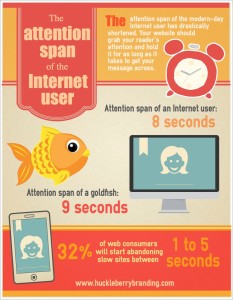Have you heard of “Sharknado?” If you haven’t, here’s a quick introduction: “Sharknado” is a made-for-TV horror movie about a freak hurricane that lifts sharks out of the ocean and throws them into LA. Sound too far-fetched? Well, not only did last summer’s hilariously bad trailer go viral but “Sharknado 2” was just released. Check out the trailer below (it’s really too funny to pass up!) to see exactly what I’m talking about.
‘Sharknado’ – Ticknado’s Inspiration!
Ticknado – Be Prepared!
The silly subject matter of the movie got people talking, which caused the video to be a hit on Twitter. The trailer was primarily the only marketing for the movie, but it sparked so much interest that it became one of SyFy’s most successful films ever.
The TickEncounter social media team saw this, and wanted to get a piece of the action. So, we decided to make our own “ticky” version of the movie: Ticknado! When we were first presented with the idea, I was a little hesitant. How could we make ticks as scary as sharks, and how much would my acting skills (or lack there-of) affect our film?
Luckily, my worries were for nothing. Sue broke the ice by dressing up as a giant tick and her enthusiasm was contagious. The other student interns really got into their “characters” and made acting like we were caught in a storm of ticks a fun experience. Actually, my favorite part of making the film was watching all of our mistakes. Who doesn’t love the bloopers? When we were shown the final product, I was excited about what we had created. I truly felt that we’d turned normally “boring” or “gross” material into an entertaining short film.
The social media team, along with Dr. Tom Mather, and TickEncounter’s Director of New Media Brian Mullen created Ticknado with the goal of increasing awareness about tick-disease and prevention. Apparently, it worked! Ticknado recently won the award for the 2013 Viral Video from Strategic Video’s Awards. The Strategic Video awards judge videos on the effectiveness of their message instead of pure video quality.
I believe that the viral quality of the video is due to the entertaining nature of the film. Unlike most public service announcements, Ticknado presents normally dry information with a humorous twist. While there are few people who would share a video about tick facts, people love to find and share funny videos. Hopefully, Ticknado will follow the huge viral trend of its inspiration Sharknado.
[social_share style=”circle” align=”horizontal” heading_align=”inline” text=”Behind the Scenes of Viral Video Award-winner Ticknado — Even Scarier than Sharknado @TheTickGuy @TickEncounter @NewMediaStrategist” heading=”Insightful? Share with your followers now” facebook=”1″ twitter=”1″ google_plus=”1″ linkedin=”1″ pinterest=”1″ /]
What does it take to go viral? Is it even worth trying? Share your thoughts and insights with a quick comment.
[cta id=”4888″ align=”none”]

